RCR40 MANUAL: TAIL MOUNTING
First step is to mount your hinge plates and rear supports to the rear pan as shown. Mount the hinges with pivot holes at the bottom / forward position. Tighten down your hinges with all adjustments in the nominal (centered) positions. Before you place the tail on the chassis, mount the hinge backing plates to the recessed areas found in the tail, with bolt heads on the inboard side.
(Note: image is of original design, later models have rod mounts on hinge plates)
You will probably find it helpful to make a "spacer block" to stack on top of the transaxle cross member to support the rear body section during fitting and assembly. Kind of like another set of hands to hold the rear clip in position for you.
Once again, start taking multiple measurement points and determine if the forward edge of the tail needs to be trimmed on either side. Remember, this body is an "exact" duplicate of a vintage race car. It will NOT be symmetric. Make all your adjustments to best fit and aesthetic appearance. Not to exact dimensional accuracy.
If you determine some trimming is needed, mark it carefully and measure it again confirming your markings prior to modification. Just remember, it's tough to put it the back the way it was, if you make a mistake :-)
You may find it helpful to block up the front end during the trimming/sanding process. This shaping is most easily done with rough grit paper on a long sanding board.
Confirm alignment at mating body panels. Shim the "spacer block" if needed to align the height of rear to a relatively close position.
Confirm all your body gaps are as desired.
Now with shaping done, hinges can be assembled.
The aluminum angle stock is intended to be mounted from the underside of the pan. It utilizes the same fasteners that the hinge mounts use. If you prefer to mount this piece inboard, this can be done, except that it requires the fabrication of a spacer block for the rear supports to mount to.
Use a guide pin to identify the point at which your hinge bolts will contact the hinge backing plates. This hinge pivot hole should be just aft of the forward lower backing plate mount. Mark and drill hole.
With the hinges assembled, now start to dial in your adjustments. You may find it helpful to use a block of wood which you can add or remove shims from to get the clip at the appropriate height to then tighten the adjustments down.
The adjustments provided include side to side via the hinge plate mounts to the rear pan and washer stack on your hinge pivot. Vertical and longitudinal via the two halves of the hinge plates themselves. The threaded rear supports provide a combination of adjustments depending on how you use them. If both are adjusted together, they will make a movement that is up and forward / down and backward, or if only one is adjusted induces a twist in the tail if needed.
